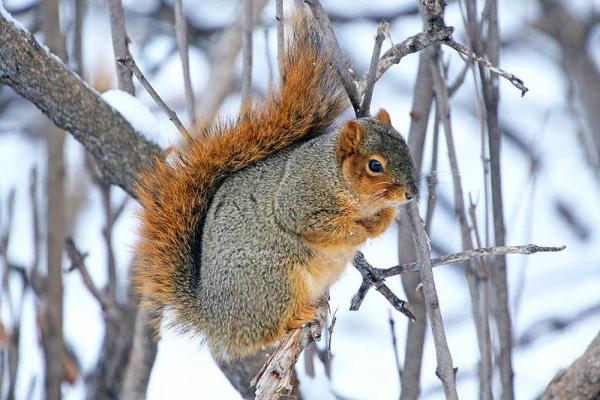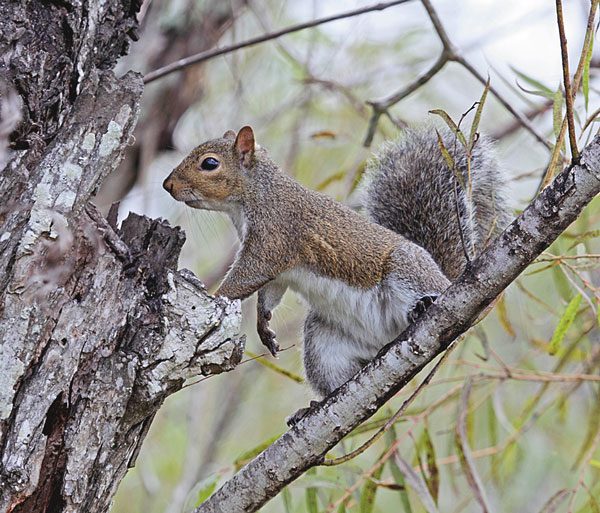Althought the cold day has come, squirrels still on the move, and not just on the ground. This is the best season to hunting the squirrel. But the snow squirrels are tricky. Here are some tips to teach you how to hunting the squirrel in such a cold day.
Hunt with the Sun
Subzero temperatures can send squirrels into a state of semihibernation. But they still have to eat, and on the first sunny day following a stretch of snow and clouds, they’ll be on the move. Focus on well-lit parts of the timber—edges, openings, and the sides of two-track or logging roads. And go ahead and sleep in: Your best opportunity to spot squirrels sunning on tree limbs is from 10 a.m. to 2 p.m.
Watch the Walnuts
Black walnut trees don’t drop all their mast until well into winter months, and you could have success aiming for the treetops on a midmorning sit. If squirrels aren’t feeding or warming themselves in the branches, they’ll most likely be low, scrounging for fallen nuts. Look for an abundance of tracks to determine where squirrels have been foraging most often.

Walk the Maize
In farmland regions, an area where timber meets harvested corn can be a hot ticket. Equipped with a tremendous sense of smell, squirrels will target waste grains here, even if finding a meal means digging through a foot of snow to score a partial ear of corn. But beware the critters’ exceptional eyesight. Wear snow camouflage if cover is lacking, and carry lightweight binoculars to spot bushytails from a distance.
Reach with a Rimfire
Leafless conditions make longer shots possible. A .22 rimfire that will park everything inside a 50-cent piece at 50 to 75 yards—plus the ability to shoot it that well—will put more bushytails in the bag. But take care when firing a .22 at grounded targets, as slow-moving bullets can ricochet off frozen dirt. For more of a challenge, try a .32-caliber muzzleloader.
